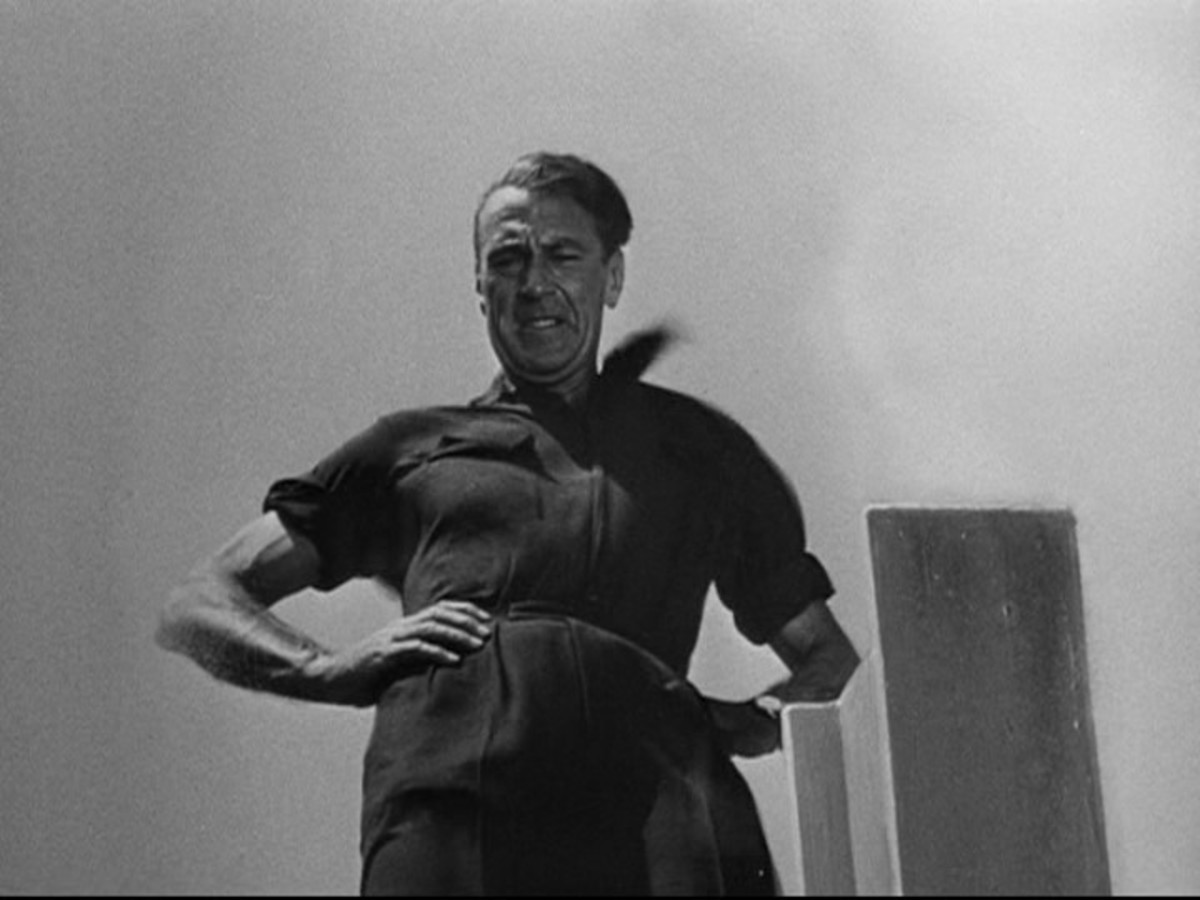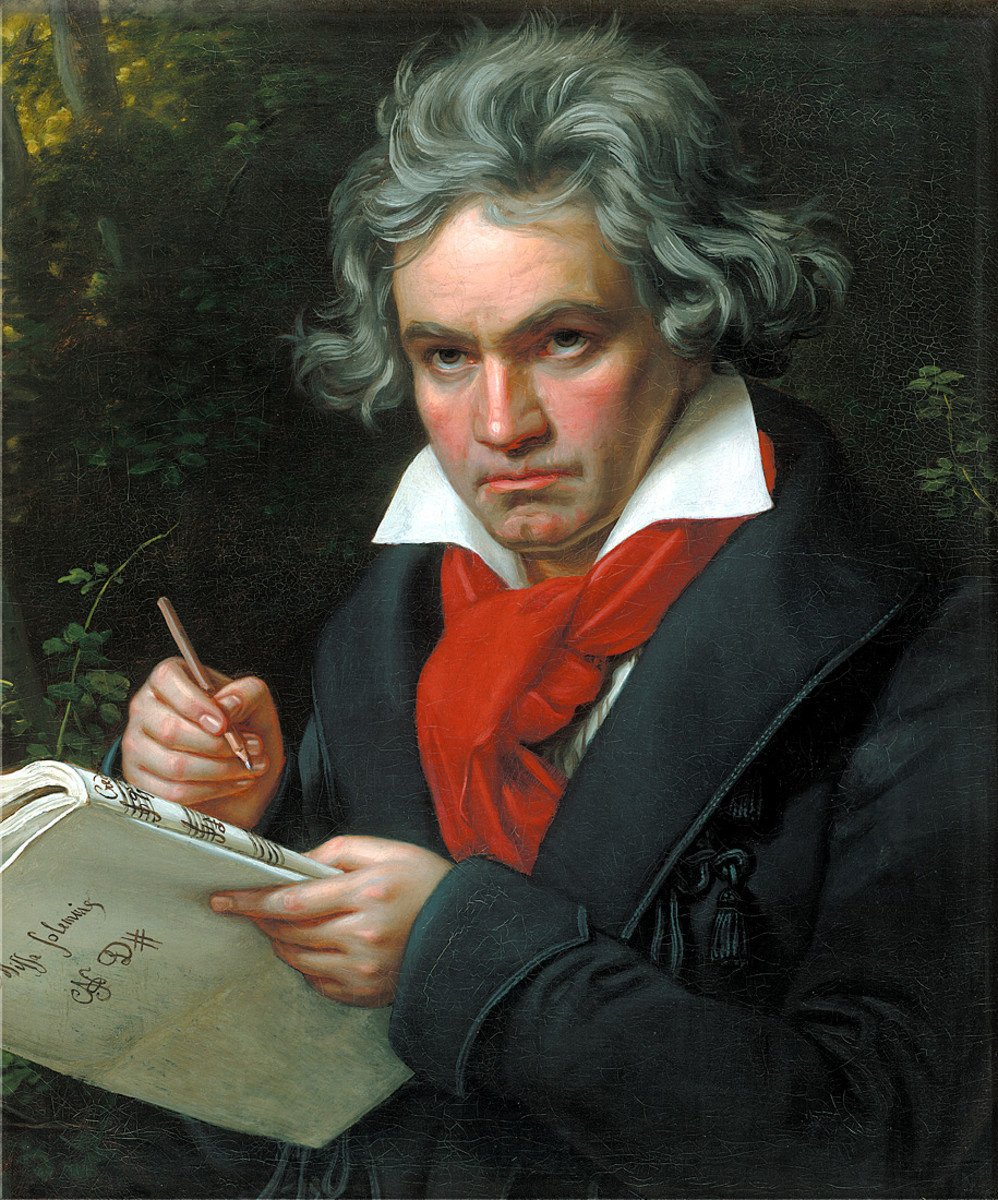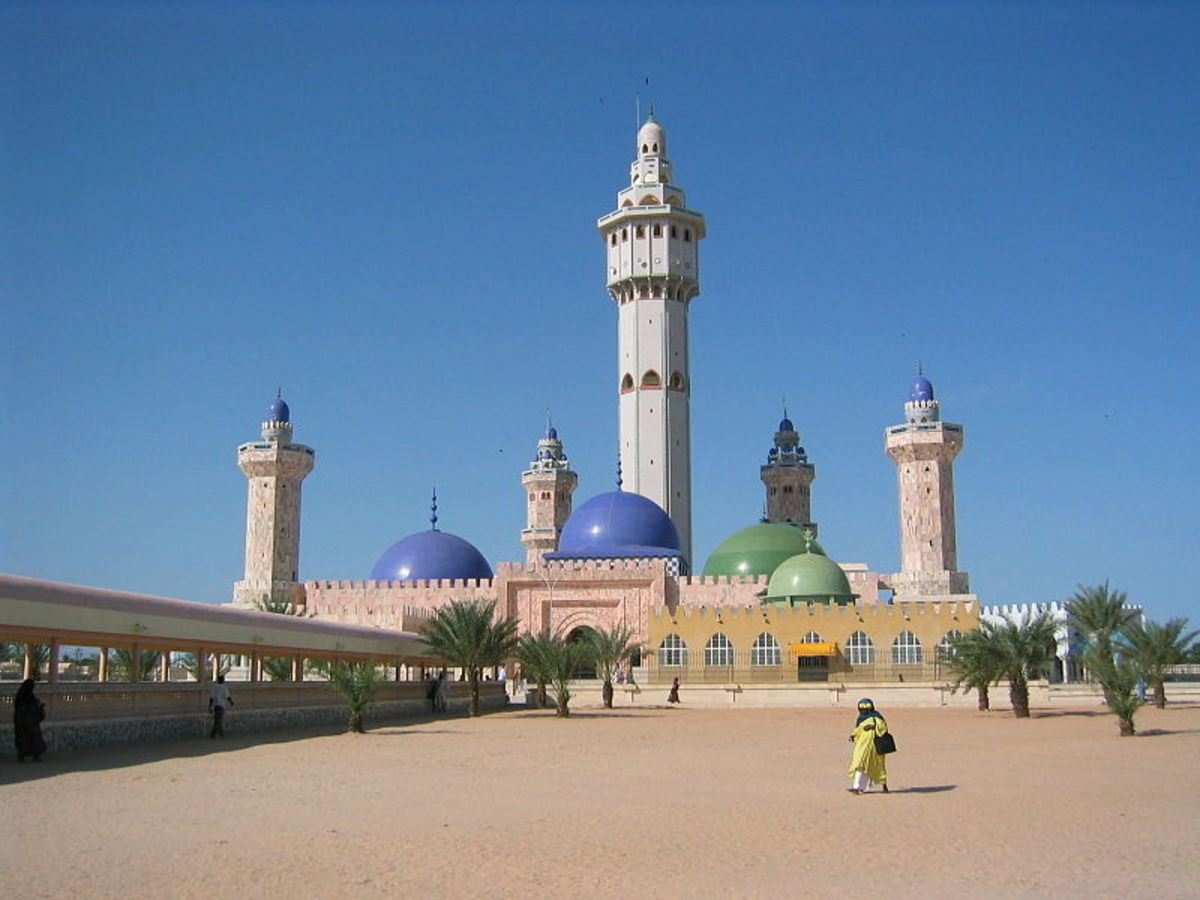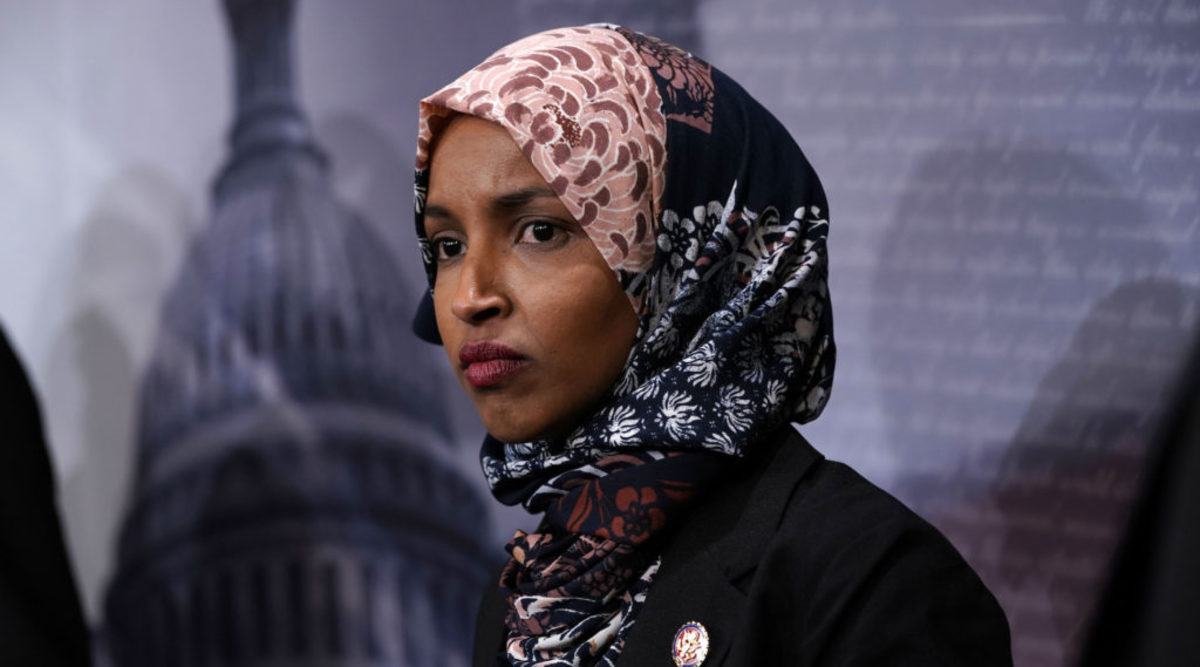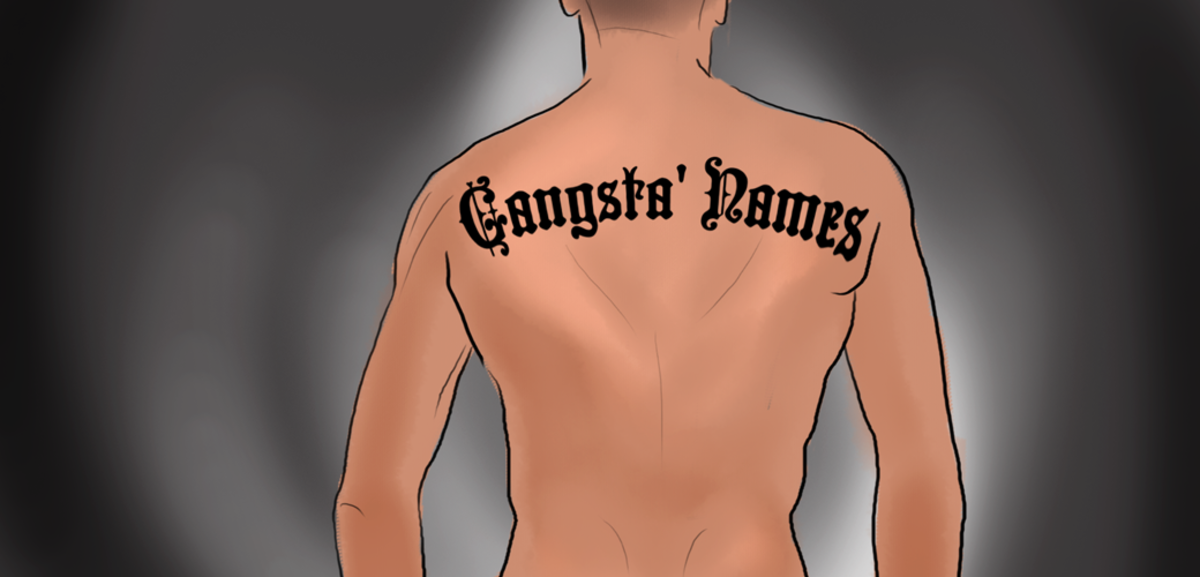Ideological Frameworks Faced with Practical Demands: The Evolution of the Muslim Brotherhood through Compromise
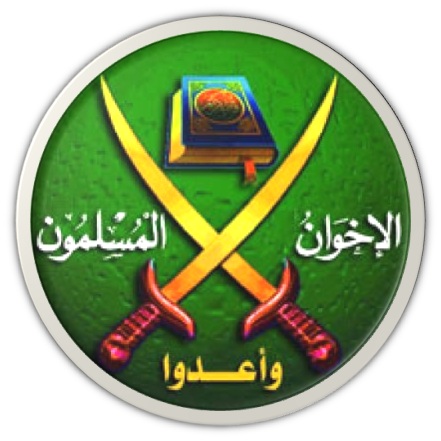
The draw of the Muslim Brotherhood in Egypt
In his article ‘Normalization of the Islamic Movement in Egypt from the 1970s to the Early 1990s’, Gehad Auda identifies two phases of the Islamic movement. The first is characterized by “radical ideas concerning the legitimacy of political authority, the definition of Muslim society, and the projection of force as the means for advancing the Islamic cause,” while the second phase is characterized by a shift during which “the Islamic movement came to influence the institutions and norms of Egyptian political life through a mixture of peaceful and violent means…[and] radical Islamic ideas loosened their grip on the political behavior of the believers” (Auda, 374). Every social movement is rooted in a world-view distinct from the reality in which it finds itself, and the successful one offers an ideology that speaks to the people and structures the way they envision social change. The Islamic movement, broadly speaking, offered a demoralized and alienated population a strong identity rooted in Islam that could bolster national and ethnic pride while addressing the political and social failings of Westernization and modernization that plagued their institutions and dealt severe psychological blows to their pride and sense of self. However, the Muslim Brotherhood illustrates how a radical ideology and program can begin to become normalized within the institutions and established power structures that initially had served as the basis for the organization’s ideological identity, in the sense that social movements are most easily and widely defined by what they are not - by what they are fighting to change.

Contradictions and Compromises
Auda summarizes three distinct meanings of the Islamic movement which speak to the different levels on which groups like the Muslim Brotherhood operate. The first, “Islam as the source of political conduct and social life” speaks to the world-view the Brotherhood’s ideological framework is based upon. The second, “the rapid proliferation of groups that acted, mostly through violence, to apply Islamic theology,” (Auda 375) speaks to the methods employed by the Brotherhood towards their ideological end. It’s in this second level that contradictions begin to make themselves known and compromises must be made between staying true to the ideological base and world-view of the organization, the pragmatic demands of the reality in which the group in fact has to operate. The Muslim Brotherhood was created during a peak in anti-colonial struggles against the British, who were physically in Egypt doing things like razing villages and executing members of the opposition. In that situation, using violence to throw off the colonizers was a common tactic among opposition groups. However, once the British were thrown out and secular nationalist groups took power in 1952, the Muslim Brotherhood had to re-evaluate. Discussions regarding how an organization will act revolve around the relative benefits and drawbacks of different relationships with the established institutions and how to remain true to the ideological foundation. When Gamal abd-Nasser banned the Muslim Brotherhood in 1954, it became clear that though the violent and radical approach did perhaps win them the support of a marginalized population, it did little (practically speaking) to further their goals. However, because Nasser, and later Sadat, could use the Brotherhood to balance the communist opposition parties that were also a threat, the Brotherhood was given leverage within the legitimate political sphere which they could use to their advantage.
The third meaning, “the rise, consolidation, and expansion of an Islamic social formation, that is, a constellation of institutions, ideas, practices, wealth, power, and relationships which served together to implement the ideological program,” shows the outcomes of different choices and compromises with regard to the ideological aspect of the organization and offers the specifics for arguments about the relative merits of different relationships with established institutions (Auda 375). This last level is what most strongly influences the evolution of an organization because it encompasses the pragmatic, practical demands of remaining viable and effective in a political and social landscape that’s ultimately shaped by the established institutions. While trying to figure out how to be most effective, the Muslim Brotherhood was constantly reaffirming its goals, commitment to and understanding of its ideological foundation- the prioritizing and reevaluation that takes place dictates how the organization will evolve and its relationship with the established power. All of the questions and issues of compromise arise from two basic facts: the mark of a successful social movement organization is growth and that growth necessitates a change in the relationship with the established authority- in the case of the Muslim Brotherhood, a growing involvement in sanctioned, legitimate politics.
The Muslim Brotherhood, at its inception, was primarily concerned with the basic concept of da’wa- “the act of persuading the Muslim to abide by the tenets of Islamic law and to apply them to everyday life” (Auda 376), which lead the group to prioritize working within communities directly and visibly (note that in the beginning, the Muslim Brotherhood focused on influencing individuals through teaching and guidance, built schools etc.) and didn’t really operate on the larger, established political level. However, their teaching and guidance wasn’t reinforced or supported by the institutions that shaped the society in which they were working, so they had to also address these institutional short-comings so as to make their individual outreach viable and lasting. In order to “[build] an independent Islamic state and [reform] individual lives according to Islamic norms” (Auda 377), the Muslim Brothers would have to actively seek to re-establish the institutions that structure society around their ideological framework of an Islamic state. To the extent that this directly challenged established power structures, the Muslim Brothers found themselves under direct attack from the government and had to find a way to effect change subtly so as to not have their influence entirely exterminated. To do this necessitated working within the system they are trying to change, which drew fire from more radical followers who saw it as an unforgivable compromise of values. As previously mentioned, the primary function and draw of the Islamic movement was the strong sense of distinct identity that it offered, and any perceived compromise could easily be seen as a compromise in this identity causing it to loose strength and consequently, followers. If the Muslim Brothers lost enough popular support, it would be in danger of losing all legitimate political influence- but while it did have strong support and broad appeal, the government would be forced to make concessions to it. It’s the maintenance of this delicate balance- between remaining true to its ideological source of strength and identity (and thus retaining the popular support necessary to be influential in established political spheres) and using that influence to gain power in the institutions that are seen as the tools of oppression, symbols of the imperialistic influence that’s being fought against- that characterizes the evolution of the Muslim Brotherhood from radical fundamentalist ideology-driven organization characterized by Mitchell as a reaction to Western secular influence to a “middle-of-the-road” organization whose members participate in elections, hold office, and try to effect change, slowly, through legitimate means- as a force of modernization on ‘Islamic terms’.
What Do You Think?
Is the Muslim Brotherhood going about this in the best way? How do you think such compromises between political legitimacy and ideological purity play out? What other groups do you see struggling with similar compromises?
A lot has happened in the last few years - what do you think has changed?


